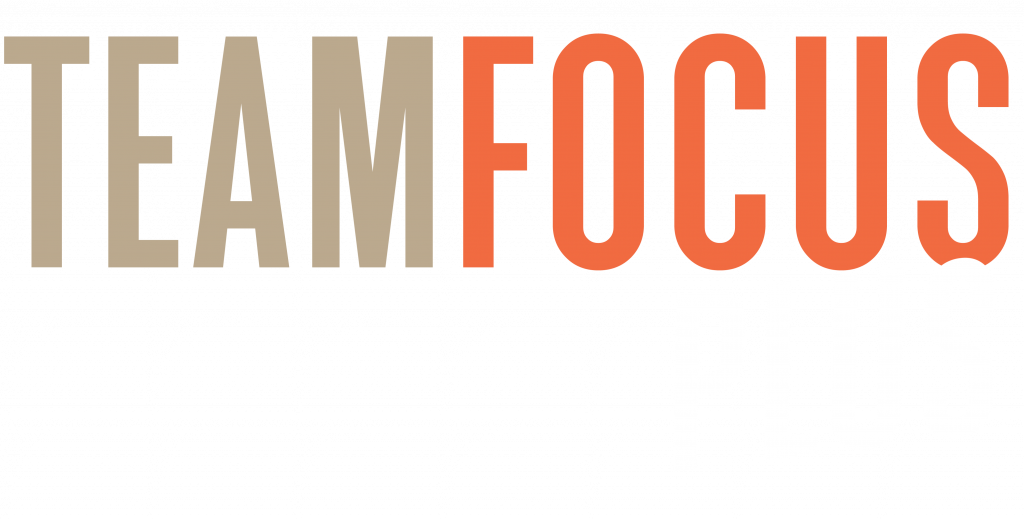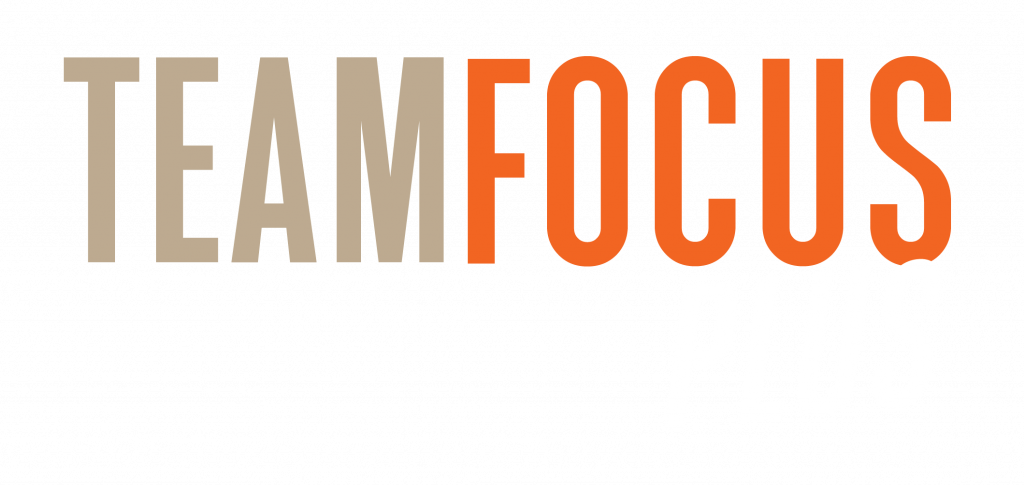The best organisational cultures are aligned and focused on a common objective. It might be the purpose of the company, to sell a specific product, or to deliver the brand promise. When people align to a common objective they create connections, energy, and excitement that can’t be matched any other way. It’s an experience that creates an amazing culture.
However very few people have had that experience. Most companies are instigating “culture change” programs with people that are change fatigued and instinctively resist when they hear the word “change.”
So instead of talking about culture change engage people in conversations about the brand promise. Discuss the brand and what it means to the customer. What expectations does the brand create?
Personalise the brand promise
To make this work you need each individual in the company to personalise the brand promise. The best way to do that is to have each leader engage with their teams in conversations about their team promise and how it supports the delivery of the brand promise. If you want to be really thorough you would then have each leader engage with each individual to talk about how they support the team promise.
This process cascades the promise throughout the organisation in a personal and meaningful way for each individual. It also aligns the whole organisation with the companies brand promise.
Alignment is the key
Don’t worry if teams come up with a different expression of the brand promise. That is to be expected as their team promise will be slightly different. It’s also a fantastic outcome. Every team in your business is now aligned with the delivery of the Company’s brand promise and in this instance alignment is much more important that uniformity.
Define a target culture
Now that you’ve done that you can start talking about culture by engaging with people to define the culture that is needed to deliver the brand promise. A great tip is to define your target culture in one word, or two at the most. This will get people talking.
Don’t make the mistake of overcomplicating it with a handful of values with detailed explanations. People can’t remember more than one or two things at a time and you want to make this memorable and engaging, so keep it simple. Your objective is to generate a conversation, not a definition.
Similar to the conversation about the brand promise this conversation also needs to cascade throughout the organisation. Every leader will need to talk to their team about the culture they need to support the companies culture. Don’t worry if they come up with a slightly different word, alignment is more important than the whole company having one word.
The ultimate objective is to (1) have a clear and compelling brand promise that every team can align with. (2) Have every team in the business create their own promise to support the brand promise. (3) Have a clear and compelling target culture for the company defined in one word, or two at the most. (4) Have every team in the business define their own target culture that supports the company’s target culture.
The goal
The goal is to create a company that has a clear brand promise, that is understood and personalised at every level of the organisation, and supported by a compelling culture. That would be a special place to work.
To achieve this your leaders will need to be humble enough to engage, listen, and facilitate conversations that value to contribution of each individual. They will need to work towards a group consensus instead of driving their own opinions.
Culture is a living and vibrant aspect of your organisation and the driving force in creating the customer experience. Customers interact with your culture and so engaging you’re your people to align the culture with your brand promise is critical.






